Drugs in Cuba: Prevention is Winning
especiales
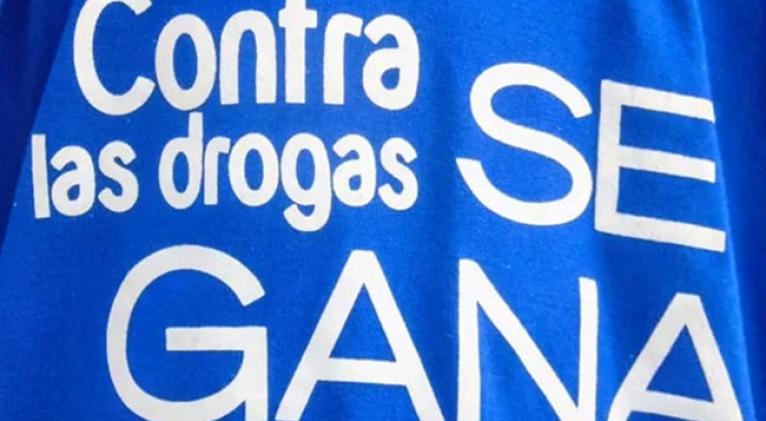
The world is experiencing a very complicated situation with drug use, particularly illicit drugs. This is recognized by the World Health Organization and the United Nations.
Nearly 316 million people, approximately 6% of the world's population between 15 and 64 years of age, used an illicit drug in 2023, and the trend is increasing.
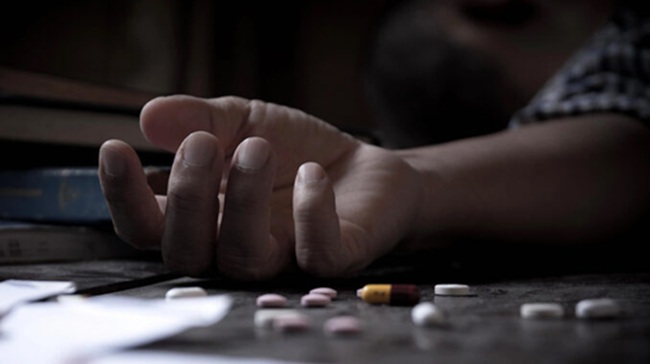
Approximately 600,000 deaths annually are attributed to drug use; of these deaths, approximately 450,000 are due to opioid use, according to WHO.
Cuba is not immune to this situation, although its situation bears no resemblance to that of many of the Eurasian countries where this phenomenon occurs, much less to what is happening in the United States.
But although what is recorded on this island is far below what is happening in other regions, Cuba does not show as benign a picture as it did 20 years ago.
These are the opinions of Dr. Yamilet García González, a first-degree specialist in Internal Medicine and a second-degree specialist in Toxicology, with a Master's degree in Addictions, a member of the National Toxicology Group of the Ministry of Public Health (MINSAP), and head of the Drug Clinic at the National Toxicology Center for twenty years.
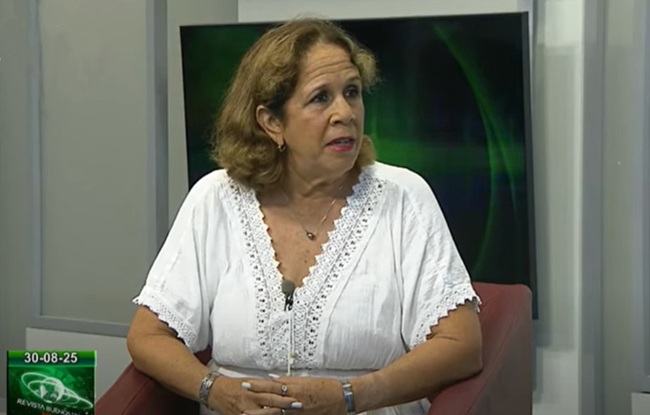
Her assessments were made public in a recent television interview with the news magazine Buenos Días https://www.youtube.com/watch?v=u3ixOdMhEkA , and the topic is so important that CubaSí reiterates some of her considerations.
Regarding the reasons that lead young people, and especially adolescents, to drug use, the specialist mentions "social pressure, that is, peer influence, those friends who lead them, and because they belong to a group, they tend to use drugs.
"Another is the need to explore the unknown, perhaps often what’s forbidden, and other times it's the lack of information..."
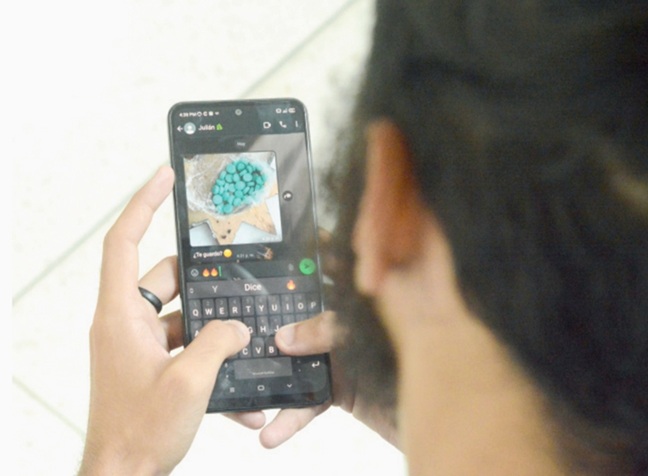
In this regard, she points out that in addition to lacking the necessary tools to deal with certain situations that cause them stress, the audiovisual media they consume, especially on social media, also doesn't provide them with the information they truly need.
Based on her vast experience of two decades, she reiterates that "drugs have no face; that is, they can affect anyone. There can be cases in families that are very functional or families that are dysfunctional, and families that are perhaps not so much. It can affect any race, any gender.”
Regarding the work of the Drug Consultation at the National Toxicology Center, where an interdisciplinary team operates, she says that there, among other things, she has learned “that the addicted patient suffers, and so does the family.”
She explains that there they teach them how to truly prevent consumption, how to avoid gateway drugs, alcohol, and tobacco, which are legal here but can lead to other banned substances.

Asked about which drugs are currently impacting us the most as a society, Dr. García González states:
“…The context has been changing, and we have seen this over the last 20 years. What perhaps 20 years ago might have been the consumption of alcohol with medication, or alcohol with plants, such as the morning glory, or the so-called field mushrooms; then it changed 10 years ago with the introduction of marijuana, which is the most widely consumed illicit drug, the slight increase in cocaine use, and since 2011, the introduction of synthetic cannabinoids, falsely called synthetic marijuana.”
Among the most consumed substances, she mentions alcohol as the legal drug that is “occupying a fundamental place in the consumption of young Cubans, but illicit drugs have increased their influence.”
Of the latter, she mentions marijuana, "which remains the most widely used drug worldwide, but it's also the drug that paves the way for other illicit drugs. There's cocaine, there's a lower consumption of methamphetamines, in this case crystal meth. This has also been addressed by the media, but especially synthetic marijuana, which in years past had specific names, such as "ballerina," "blue sky," "mutant," and later, "ambrosia," and now is simply known by the name "the chemical."
The chemical has nothing to do with marijuana.
The specialist wanted to emphasize this drug and elaborated:
"Young people generally use the chemical, whether by the names they give it on the street: "chemical," "bombita," "little paper," etc., but we're talking about the same substance put into the cigarette. And they call it synthetic marijuana, but it has nothing to do with marijuana."
She explained that the chemical does have something in common with marijuana in that it acts on the same brain structures as marijuana.
“And marijuana acts on a brain structure, for example, the cerebellum, which has to do with movement, with walking. And that's why we sometimes see images on social media showing stereotypical movements of patients, where you see them staggering, moving forward, backward, and often staying in one position, adopting a stance to avoid falling, and people, on the street, call it a zombie drug.”
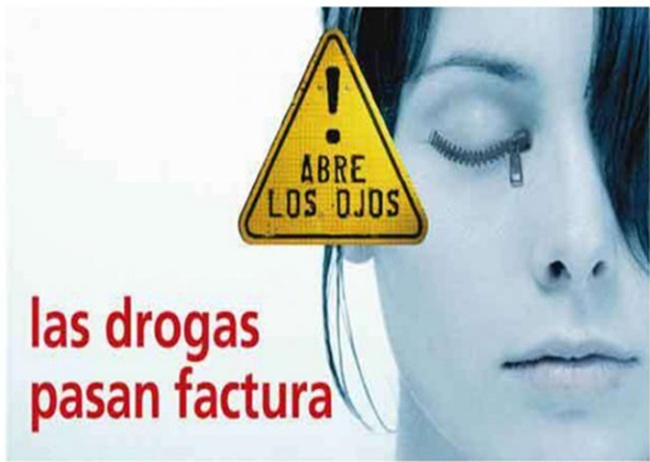
But she clarified that “fentanyl is also called a zombie drug in the United States, and we're not talking about fentanyl when we talk about the chemical.”
She commented that much international literature, especially from South American countries, does suggest and has corroborated that “there are many adulterants in the production of synthetic cannabinoids, including ketamine and fentanyl.” But at our center, in the analytical toxicology laboratory, we have the ability to determine the presence of fentanyl and ketamine, and in the biological fluid samples we have worked with, in this case urine, we have not detected either fentanyl or ketamine in the chemical used.”
When asked to reflect on drugs in general based on her many years of experience treating patients and their families, the expert was categorical:
“Drugs are harmful. When they enter the body by any route, they are distributed, have a great distribution power, and affect all systems, that is, the central nervous system, respiratory system, and cardiovascular system. They cause psychological manifestations in the person's behavior, not only under the effects of acute intoxication.”
She explains that such effects are not only due to illicit drug overdoses, “because any dose used can already be capable of hooking the person and triggering a specific type of intoxication.”
“I'm also talking about sustained exposure that leads to psychological harm, to mental disorders. I want to highlight, for example, marijuana, which currently has great supporters. It's known that it's not only the illicit drug, as I mentioned before, that carries all other drugs, but it's also the one that most leads to mental disorders, schizophrenia, and memory disorders. When these young people under 18 start using it, they can suffer memory disorders that can become irreversible.”
Dr. Yamilet García González comments that, as the National Toxicology Group, they carry out a series of activities, especially training for professionals, “preparing them on the topic of addictions because it wasn't a situation we saw years ago, so it was practically never addressed in medical school programs. But these are currently topics that are being addressed because professionals need to be prepared.”
She also emphasizes the importance of talking about it. Talking with the kids about the drug issue, especially about how harmful it is, "we have to be aware of our kids, our children, our neighbors..."
In conclusion, she emphasizes: "The first thing the family needs to know is that the battle is best won through prevention."
Translated by Amilkal Labañino / CubaSí Translation Staff



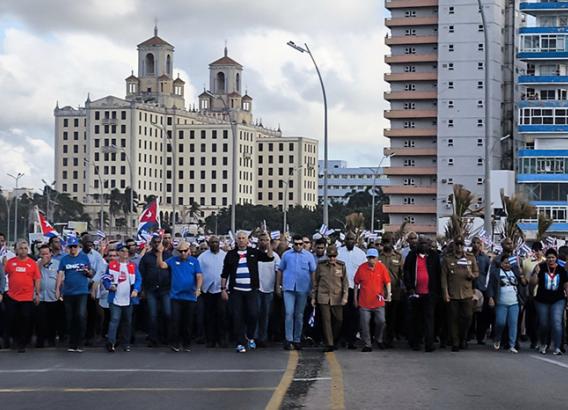










Add new comment